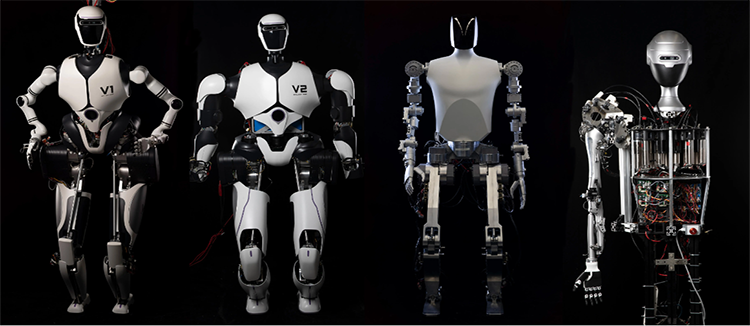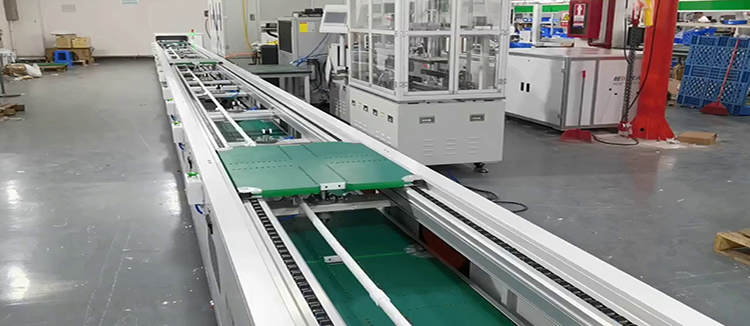Unlocking the Potential of Industrial Robotic Arm: Efficiency and Precision in Automation
The Industrial robotic arm has become a cornerstone of modern manufacturing, revolutionizing the way industries approach production. These versatile mechanical arms are designed to perform tasks with a level of precision and consistency that surpasses human capabilities, leading to increased efficiency and reduced operational costs. This article delves into the world of industrial robotic arms, exploring their applications, benefits, and the future of automation.

The Industrial robotic arm, also known as an industrial robot, is an automatically controlled, reprogrammable, and multipurpose manipulator that can move material, parts, tools, or specialized devices through various programmed motions for the performance of a variety of tasks. These arms are not just limited to manufacturing; they are also used in various sectors including healthcare, aerospace, and food processing.
One of the primary benefits of the Industrial robotic arm is its ability to work tirelessly without breaks, significantly increasing production output. Robots can operate 24/7, which is a stark contrast to human labor that requires rest and is subject to fatigue. This continuous operation leads to a substantial increase in productivity, which is crucial for businesses aiming to stay competitive in a global market.

Another advantage of the Industrial robotic arm is its precision. Robots can perform repetitive tasks with a high degree of accuracy, ensuring that every product is manufactured to the same high standard. This consistency is particularly important in industries where quality control is paramount, such as in the automotive and electronics sectors.

Safety is another area where the Industrial robotic arm excels. By automating hazardous tasks, robots can protect human workers from dangerous environments and reduce the risk of accidents. This is especially relevant in industries such as chemical processing and heavy machinery manufacturing, where the potential for injury is high.
Flexibility is a key feature of the Industrial robotic arm. These arms can be programmed to perform a wide range of tasks, from simple pick-and-place operations to complex assembly processes. This adaptability allows businesses to quickly change production lines to meet market demands, without the need for significant retooling or retraining of staff.
The integration of advanced technologies such as artificial intelligence and machine learning into Industrial robotic arms is opening up new possibilities for automation. These robots can now learn from their experiences, adapt to new tasks more quickly, and even collaborate with humans in a shared workspace.
As the technology behind Industrial robotic arms continues to evolve, so too does their potential impact on the workforce. While there are concerns about job displacement, the reality is that these arms are creating new opportunities for skilled workers who can program, maintain, and work alongside these advanced machines.
The future of the Industrial robotic arm is promising, with advancements in materials, sensors, and AI set to make them even more capable and versatile. We can expect to see these arms becoming more integrated into various industries, leading to a new era of automation that will reshape the way we work and produce goods.
Investing in Industrial robotic arms is not just about staying competitive; it's about embracing the future of manufacturing and production. As these arms become more sophisticated and affordable, more businesses will be able to leverage their benefits, leading to a more efficient and productive global economy.










